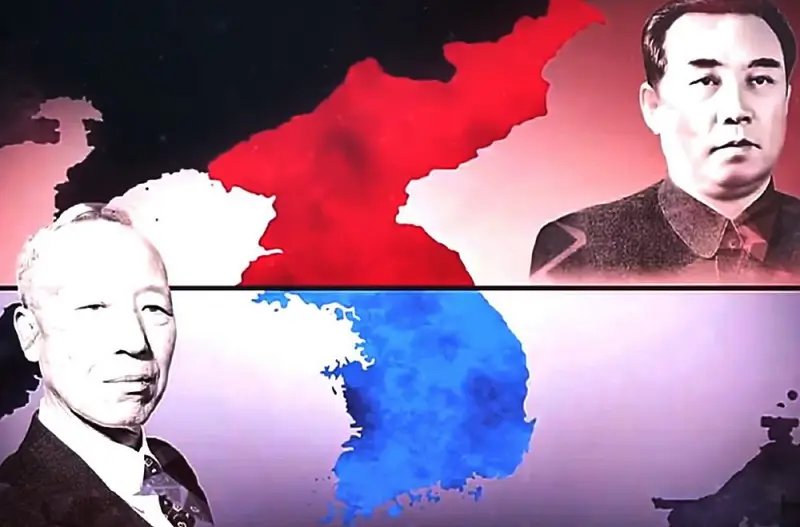Still at war: how the once united Korea was divided
In the 19th century, East Asia underwent painful transformations due to the presence of Western empires and attitudes.
Despite the fact that the Korean Peninsula, at the behest of the Joseon dynasty, which had ruled since the 14th century, was closed from the outside world for a long time, it could not resist due to the fact that from the middle of the century, Western countries began to use force to conquer the Asian region.
China was the first to fall in the fight against Britain. The US then forced Japan to open up to foreign trade. Korea held out the longest, but it also surrendered to the onslaught of the Americans in 1871.
Despite the fact that the United States did not remain on the peninsula for long, Korea was unable to return to its usual closed mode of existence. Already in 1876, Japan forced the rulers of the peninsula to open their ports for foreign trade.
Later, under the guise of protecting its traders, Japan stationed its army in Korea. At the same time, the main goal of the Land of the Rising Sun was the complete capture of the peninsula.
An opportunity for the Japanese came in 1894, when Korean peasants rebelled against their government. The latter asked for help from China, which allowed Tokyo to intervene in the conflict, citing a violation of international agreements.
As a result, Japan was victorious and gained control of the peninsula.
In turn, Korea lost its diplomatic sovereignty in 1904, becoming a protectorate of the Land of the Rising Sun, and in 1910 Japan completely annexed the peninsula.
Korea managed to free itself from Japanese occupation in 1945, after Tokyo surrendered in World War II. At the same time, half of the peninsula was occupied by the USSR during the battle with the militaristic army.
Naturally, the United States, which was in geopolitical rivalry with the Soviet Union, could not come to terms with such a situation. As a result, the US State Department, literally with the stroke of a pen on a map, divided the peninsula into two parts along the 38th parallel, thereby creating two zones of influence - Soviet and American. The leadership of the USSR agreed to these conditions.
In 1948, having failed to agree on holding unified elections in Korea, the Soviet Union and the United States held separate elections in controlled territories.
At the end of the year, American and Soviet troops left the peninsula. At the same time, both newly elected leaders immediately declared themselves the ruler of the “whole” Korea. Neither side was going to make concessions and recognize the division along the 38th parallel. As a result, both the DPRK and the Republic of Korea sought to acquire the territory of their counterparts.
In June 1950, North Korea launched an offensive against its southern counterparts. In two months, the DPRK army pushed the enemy back to the city of Busan. However, at a time when South Korea was on the verge of defeat, the United States and the UN entered into conflict and launched a counter-operation against Pyongyang.
The DPRK army was quickly pushed back beyond the 38th parallel, and the allied forces continued their offensive. Now, when the collapse of the DPRK was already obvious, China entered the war on the side of North Korea.
The fighting ended on July 27, 1953, when the Korean Armistice Agreement was signed. In essence, the latter returned to the previously existing status quo.
However, despite the armistice, a final peace treaty was never signed and the two Koreas are technically still at war.

Information